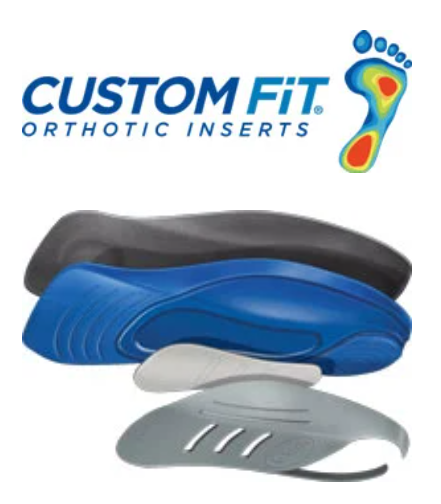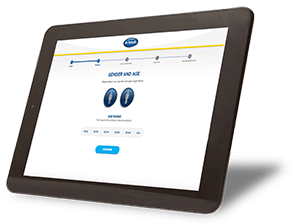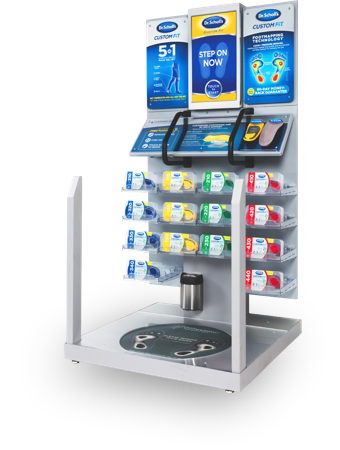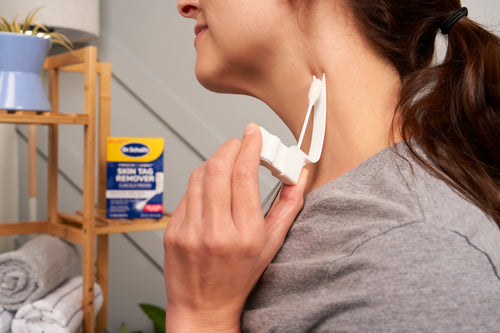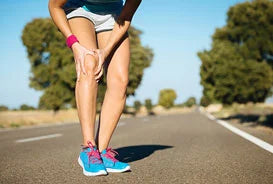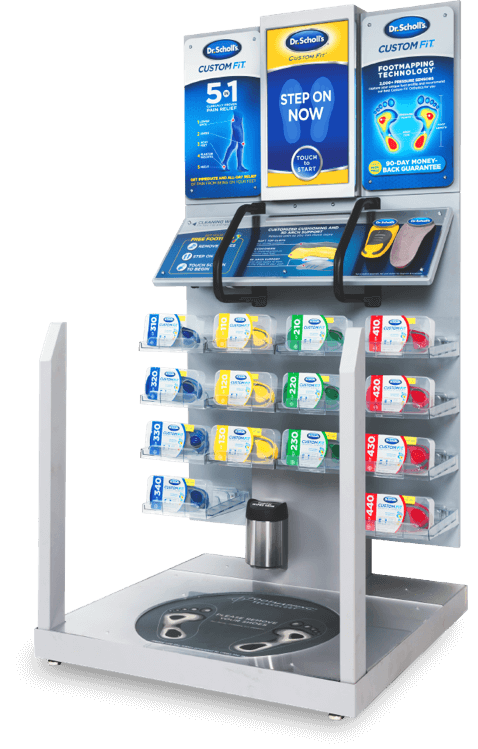At one time or another, some of us may experience some level of knee pain. The largest joint in your body, your knee takes quite a beating between the running, jumping, standing, bending, kicking, dancing … all the moving you do. Your knees are subject to a lot of force. For example, if you weigh 100 pounds, going up and down stairs feels like carrying 300-500 pounds to your knees. This can stress the tendons and ligaments that support your knees and kneecaps. So when knee pain strikes, it can quickly put the brakes on your life, either slowing you down or stopping you from moving altogether.
While the symptoms of knee pain may vary depending on the cause, common symptoms include knees that are red, warm and swollen, stiff with reduced mobility (may be unable to straighten), weak and unstable, or producing noises like popping or crunching sounds.

